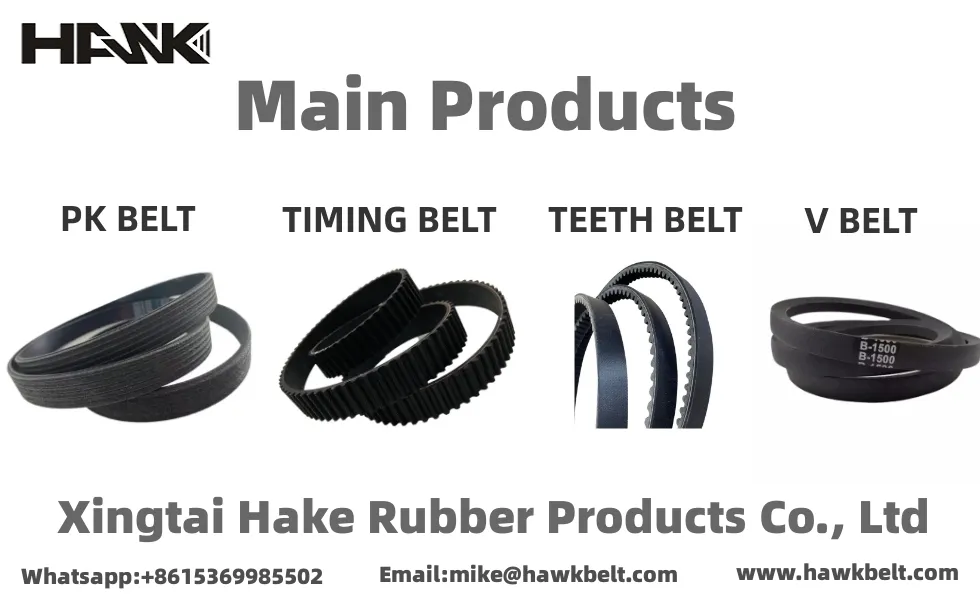- Arabic
- French
- Russian
- Spanish
- Portuguese
- Turkish
- Armenian
- English
- Albanian
- Amharic
- Azerbaijani
- Basque
- Belarusian
- Bengali
- Bosnian
- Bulgarian
- Catalan
- Cebuano
- Corsican
- Croatian
- Czech
- Danish
- Dutch
- Afrikaans
- Esperanto
- Estonian
- Finnish
- Frisian
- Galician
- Georgian
- German
- Greek
- Gujarati
- Haitian Creole
- hausa
- hawaiian
- Hebrew
- Hindi
- Miao
- Hungarian
- Icelandic
- igbo
- Indonesian
- irish
- Italian
- Japanese
- Javanese
- Kannada
- kazakh
- Khmer
- Rwandese
- Korean
- Kurdish
- Kyrgyz
- Lao
- Latin
- Latvian
- Lithuanian
- Luxembourgish
- Macedonian
- Malgashi
- Malay
- Malayalam
- Maltese
- Maori
- Marathi
- Mongolian
- Myanmar
- Nepali
- Norwegian
- Norwegian
- Occitan
- Pashto
- Persian
- Polish
- Punjabi
- Romanian
- Samoan
- Scottish Gaelic
- Serbian
- Sesotho
- Shona
- Sindhi
- Sinhala
- Slovak
- Slovenian
- Somali
- Sundanese
- Swahili
- Swedish
- Tagalog
- Tajik
- Tamil
- Tatar
- Telugu
- Thai
- Turkmen
- Ukrainian
- Urdu
- Uighur
- Uzbek
- Vietnamese
- Welsh
- Bantu
- Yiddish
- Yoruba
- Zulu
nov . 30, 2024 02:26 Back to list
Understanding the Importance of Car V Belts for Vehicle Performance and Maintenance
Understanding the Importance of Car V-Belts
V-belts, also known as wedge belts, play a crucial role in the operation of various systems in a vehicle. Often overlooked during routine maintenance, these belts are essential for ensuring that the engine's accessories operate smoothly and efficiently. Understanding what V-belts are, their function, and the importance of regular maintenance can help vehicle owners prolong the life of their automobiles and avoid costly repairs.
What is a V-Belt?
A V-belt is a rubber belt with a cross-section that resembles a V. This design allows the belt to fit snugly into the grooves of pulleys, maximizing grip and reducing slippage. V-belts are used to transfer power from the engine’s crankshaft to various engine components, such as the alternator, water pump, power steering pump, and air conditioning compressor. Depending on the vehicle, there may be multiple V-belts working together to ensure that these components function efficiently.
How V-Belts Work
The engine's crankshaft, which is connected to the engine block, is the main source of power in a vehicle. As the engine runs, the crankshaft turns, driving the V-belts that connect to the various accessories. The tension in the V-belt allows it to grip the pulleys and transmit the power effectively. Since these belts must withstand a great deal of friction and stress, they are made from durable materials designed to endure extreme temperatures and conditions.
Signs of Worn or Damaged V-Belts
Over time, V-belts can become worn or damaged due to exposure to heat, oil, and general wear and tear. Some common signs that a V-belt may need to be replaced include
1. Squeaking or Grinding Noises If you hear unusual sounds coming from the engine compartment, it may indicate that the V-belt is slipping or has become misaligned. 2. Cracks or Fraying Inspect the surface of the V-belt regularly. Visible cracks, frays, or chunks missing from the belt surface are indicators that it is time for a replacement.
3. Decreased Performance If your vehicle’s accessories, such as the power steering or air conditioning, are not functioning properly, worn V-belts could be the cause.
car v belt

4. Belt Slippage Excessive wear can cause the belt to lose tension and slip off pulleys, leading to further complications.
Maintaining V-Belts
Regular maintenance is essential for prolonging the life of V-belts. Here are a few tips to help maintain them
1. Routine Inspections Check the condition of your V-belts during regular oil changes or tune-ups. Look for signs of wear and tear.
2. Proper Tension Ensure that V-belts have the correct tension. Loose belts can slip, while overly tight belts can strain the pulleys and lead to premature wear.
3. Replace as Needed Most manufacturers recommend replacing V-belts every 50,000 to 100,000 miles, depending on the type of vehicle and driving conditions.
4. Use Quality Parts When replacing V-belts, opt for high-quality replacement parts that meet or exceed manufacturer specifications. Using inferior belts can lead to faster wear and potential engine damage.
Conclusion
V-belts may seem like a small component, but they play an integral role in the smooth operation of a vehicle. Understanding their function, recognizing signs of wear, and ensuring regular maintenance can help vehicle owners avoid unnecessary repairs and extend the life of their cars. By paying attention to these often-overlooked parts, drivers can ensure that their vehicles remain reliable and efficient on the road.
-
Upgrade Power Steering Pump Belt for Smooth, Quiet Operation
NewsAug.27,2025
-
Precision Timing Belt & Chain: Engine Performance & Durability
NewsAug.26,2025
-
Precision Lathe Drive Belts: Durable & Reliable Performance
NewsAug.25,2025
-
84.5 Serpentine Belt: Durable & Precision Fit for Your Engine
NewsAug.24,2025
-
Premium Ribbed Drive Belts for Quiet Power Transmission
NewsAug.23,2025
-
High-Performance Vehicle Timing Belt for Engine Precision
NewsAug.22,2025

